One of the more unforeseen symptoms of the COVID-19 pandemic was the doggie fever that struck millions of people across the world. That fever shows no signs of burning out and many homes, including those with existing dogs, continue to welcome new animals into the family fold at unprecedented rates.
While adding another dog to the home can be incredibly fulfilling, it is not a decision to be taken lightly. In this article we’ll discuss how to assess if bringing a new dog into the mix is a good idea for you, and if it is, what steps you should take to make the transition as smooth as possible for all creatures involved.
How Much Does Fido Like Other Dogs?
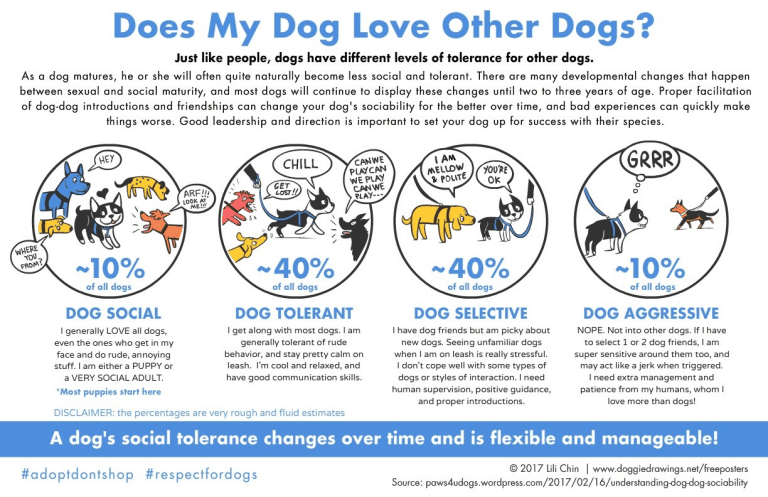
Your dog’s sociability level falls somewhere on a continuum from dog social to dog aggressive. It is necessary to know where they stand before adding another dog to the home. You can check out this blog article from Paws Abilities Dog Training, or the infographic below, for more insight into your dog’s social persona.
If your dog is anywhere from dog-social to dog-selective then adding another dog to the house would be an appropriate thought to entertain. If your dog is dog-aggressive, you’ll want to take a lot more care in making this decision.
For example, if your dog is dog-aggressive and hasn’t had ANY amicable or conflict-free relationships with other dogs, then it might be best for everyone to avoid adding another dog to the home.
However, if they have had conflict-free relationships with some dogs, it is possible to safely add another dog to the family. It will take careful consideration about the new dog’s temperament, combined with excellent management and supervision. If your dog falls into this category, it would be most prudent to consult with a certified professional dog trainer before proceeding with this decision.
Take Stock Of Your Dog

Ok, so you’ve decided that your pup is good with other dogs and a new doggy addition is a possibility. Next, you should examine whether or not your current dog has any serious behavior concerns such as fear, aggression, or anxiety surrounding people, animals, sounds, or the environment.
If they do, recognize that getting and training a second dog will divest both time and emotional resources away from working on your current dog’s behavior concerns. These behavior concerns can worsen or sustain over the course of your first dog’s life, and have a negative impact on their physical and emotional welfare.
Your current dog’s behavior also has the potential to adversely affect the new addition to the family. For example, if your dog displays any aggressive behavior there is a chance of them redirecting that aggression onto others.
Dogs can also pick up behaviors from their conspecifics through different types of social learning. Behaviors like barking, for example, can be picked up by other dogs simply through exposure to another dog that barks.
Dogs can also become interested in certain activities or locations in the home just because another animal shows interest. This type of social learning is known as “local enhancement”. It’s a great learning tool if your dog is underconfident and needs a bit of social encouragement to interact with their environment, but if your current dog is a counter-surfer or destructive chewer this can position your second dog to experiment with these behaviors as well.
If you have a dog with behavior concerns, the best course of action would be to work through a management and behavior modification protocol before adding another dog to the home. You risk creating twice the amount of work for yourself if you don’t.
Do You Have Time?
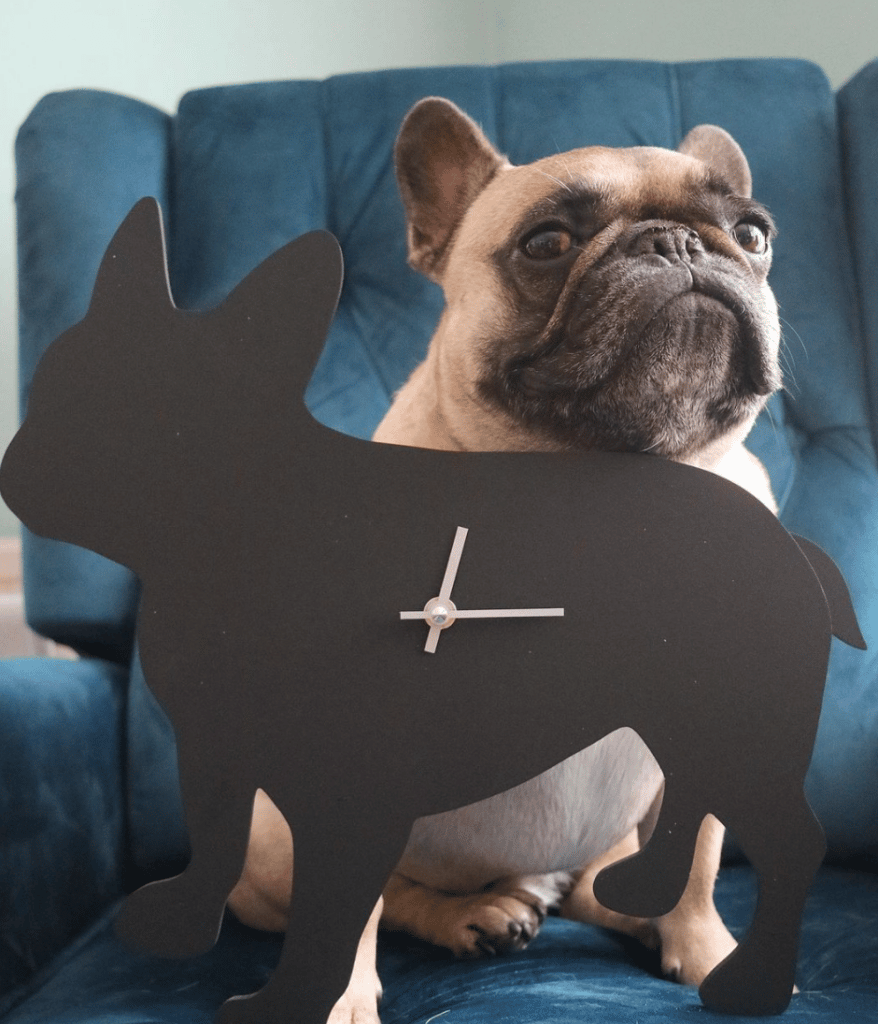
Perhaps the most important consideration of all is deciding whether or not you have the time to dedicate to two dogs.
Whether or not the incoming dog is a puppy or an adult, it is important to make sure they have experiences independent of one another.
You’ll want your dogs to be confident in social situations with other people or dogs whether the second dog is around or not. If you don’t expose one dog to the other’s absence, you can never know how they will react in these absences. It could be a source of great stress for one dog if the other is absent for a medical procedure, or, perish the thought, passes away.
Very few things are more distracting to dogs than other dogs, so you’ll also have to do a significant amount of one-on-one training with your new dog. This training can help teach your dog that it is more reinforcing for them to pay attention to you over their new canine companion.
Finally, proactive supervision is the key to avoiding altercations in a multi-dog household. This means that you will need to dedicate time to reading both of your dogs’ body language during daily interactions such as playtimes, or when they are navigating situations involving valuable resources, such as negotiating access to people, furniture, toys, etc.
Matchmaker, Matchmaker Make Me A Match

If you feel that Fido and you are ready for a canine companion to join your furry family, it’s time to have a think about the age, breed, and temperament of the dogs that Fido gets along best with.
For example, if your dog is dog selective, then getting a puppy might not be the best idea as they are predisposed to have minimal if not nonexistent social skills, and will probably push your dog’s buttons past what they are able to tolerate.
A puppy is a much more suitable choice for a dog who is more dog social or dog tolerant, while a more socially savvy adult dog is a better choice for dogs who are more dog selective.
You’ll also want to pay attention to whether or not your dog prefers interacting with certain breeds over others. For instance, some dogs can find certain breeds more difficult to read if they haven’t had many interactions with them during their critical socialization period. They may have not learned their breed-specific body language and may have tense interactions with them.
Take It Slow
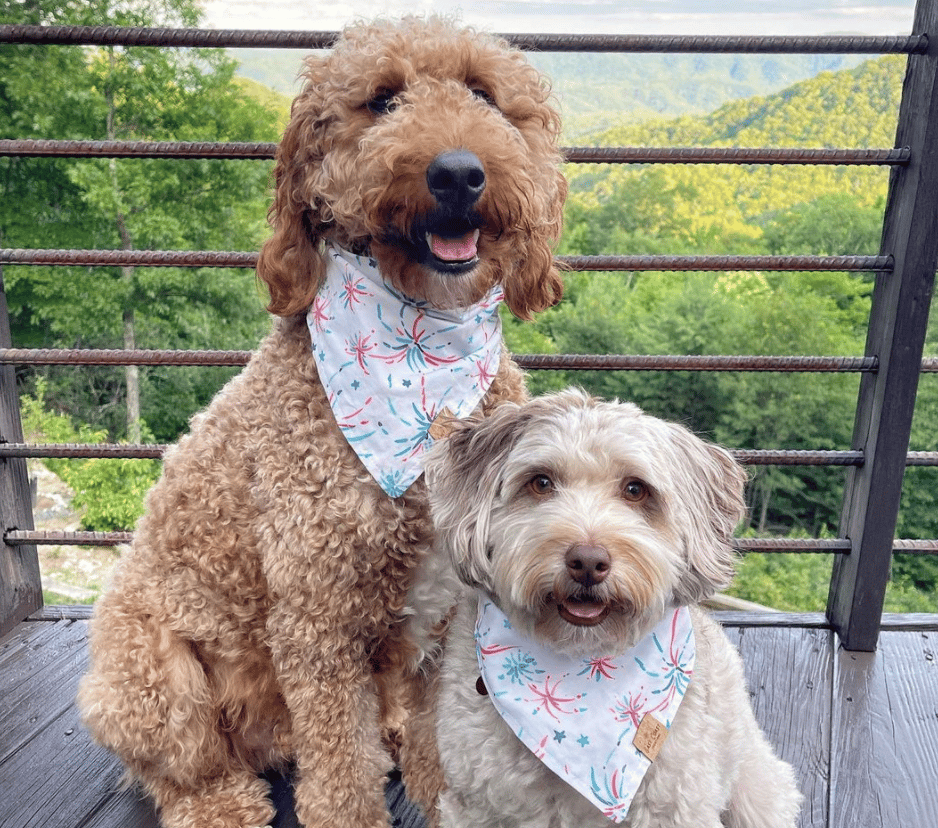
If you are interested in rescuing and have a particular dog in mind, first impressions matter and you’ll want to pick a method of introduction that sets both dogs up for success.
I recommend having both dogs meet on a tandem walk. A tandem walk involves two handlers walking with their dogs (preferably on long lines) at a distance from one another. Handlers can choose to maintain a large distance between the dogs for the entirety of the walk or bring their dogs closer together for certain periods of time to interact – depending on how comfortable both dogs are with this – before splitting off again.
Tandem walks can give dogs the opportunity to observe and gather information from a distance until they learn that the other dog is safe and predictable.
Manage Sooner Rather Than Later

You will probably need to utilize some degree of management in the home to help your dogs gather more information about and make positive associations with one another, while also minimizing the rehearsal of undesirable behaviors.
To minimize how many things are changing all at once, it is best practice to acclimate your dog to certain management tools such as pens, crates, and tethers before your second dog arrives. You can condition your dog to these confinement methods by pairing them with your dog’s daily enrichment.
Speak With A Trainer
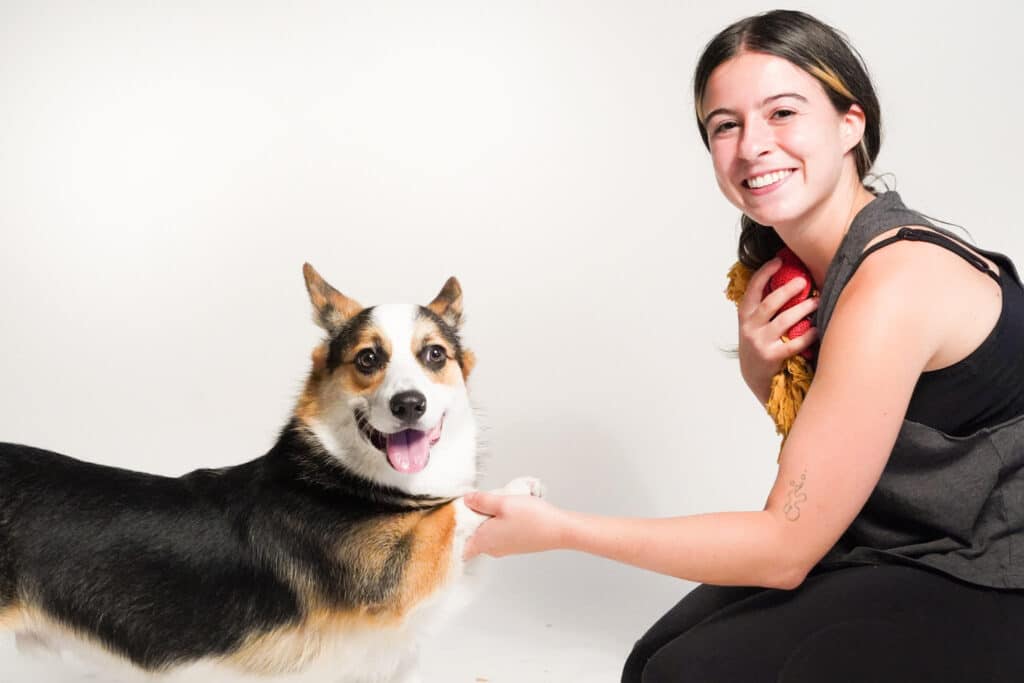
One of the most important skills for dogs in two-dog households is the ability to relax and settle around distractions. If you know that this is something your dog already struggles with, it would be beneficial to reach out to a certified trainer to start laying the groundwork for this behavior early on.
Calm Canine’s Feisty Fido group class, or private sessions with one of our certified trainers are both good options to work on attention, focus, settling and stimulus control around other dogs.
You can also check out CCA’s FREE resources on relaxation training for a headstart on training calm, settling behaviors in the home.
To Sum It All Up
All in all, getting a second dog is definitely not a decision to be taken lightly, but with some thoughtful consideration and early planning, it can be a wonderful experience for you and your current dog. If in doubt, reach out to a certified trainer to help!

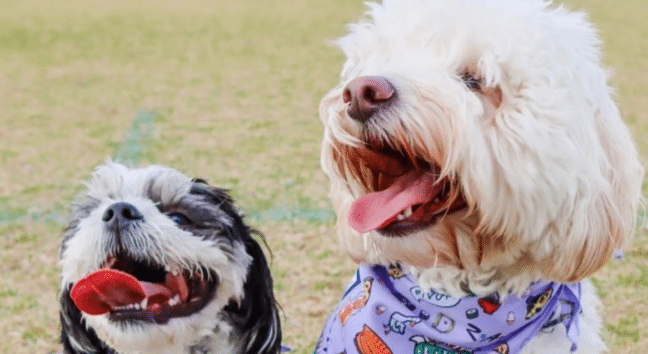


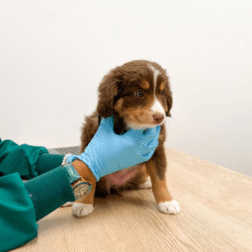
Conversation